This post is using mainly BP’s Statistical Review published in June 2017. Although these statistics put Mexico under North America, it is included here and added to South and Central America’s data at the end of this article. We start with 2 big oil suppliers: Brazil and Venezuela.
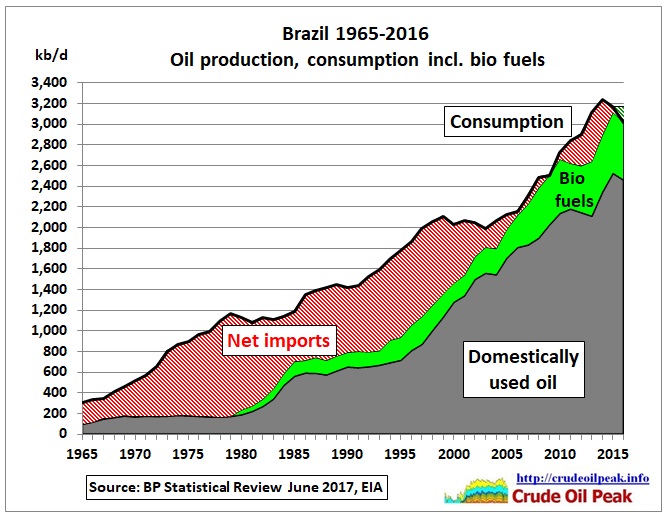 Fig 1: Brazil’s oil production, net imports and bio fuels
Fig 1: Brazil’s oil production, net imports and bio fuels
Brazil’s oil production (crude plus NGLs) has not yet peaked. BP’s consumption data include bio fuels which are a very important contributor to liquid supplies (data taken from EIA’s international energy statistics). We can see that net oil imports have been reduced and even turned into net exports (145 kb/d in 2016) by using biofuels (ethanol and bio diesel, around 560 kb/d in 2016).
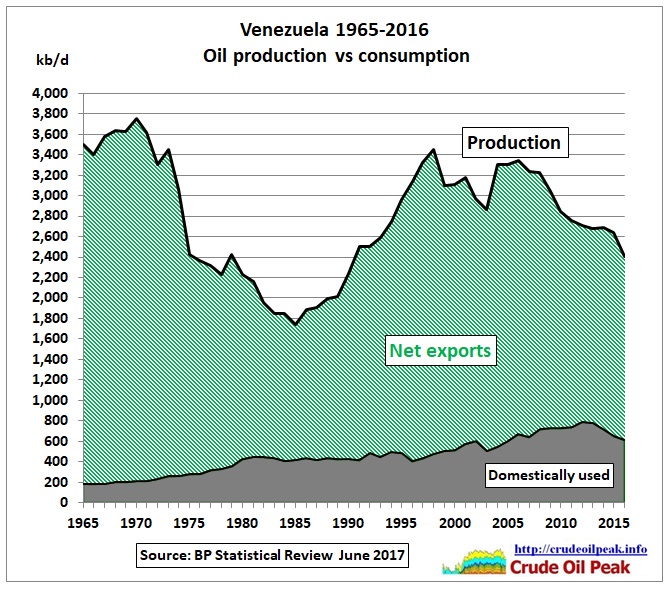 Fig 2: Venezuela’s oil production and net exports
Fig 2: Venezuela’s oil production and net exports
Venezuela’s oil production peaked in the 70s and more recently in 2006. Conventional oil fields in Maracaibo peaked in 1997 while extra heavy oil production from the Orinoco belt cannot offset that decline. Low oil prices have worsened this situation. The impact on the economy is devastating as can be seen in media reports every day. They usually blame Maduro’s socialist government for this malaise but rarely mention the oil geological problems. A separate article on this is under preparation. Since 2006, Venezuelan production declined by 930 kb/d, more than Brazil’s growth of 800 kb/d in the same period. Recent monthly data from JODI show these different trends. Venezuela’s sharp drop in 2003 was caused by a PDVSA strike. Can that happen again?
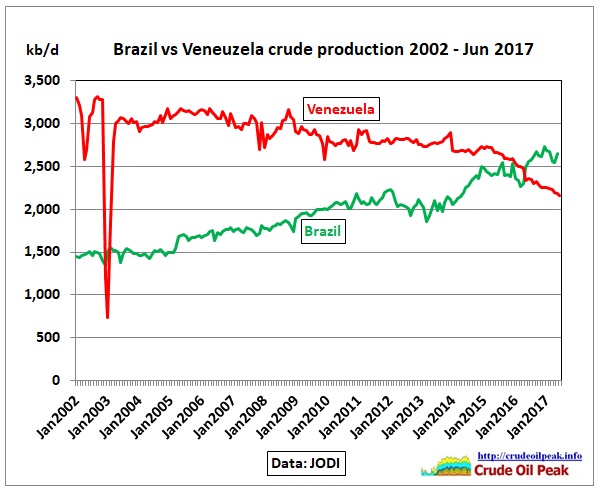 Fig 3: Brazil vs Venezuela monthly crude production
Fig 3: Brazil vs Venezuela monthly crude production
In its August 2017 oil market report the IEA showed declining exports from Venezuela
 Fig 4: Venezuela’s exports
Fig 4: Venezuela’s exports
https://www.iea.org/media/omrreports/fullissues/2017-08-11.pdf
Note that data from Venezuela are unreliable and considerably vary from source to source.
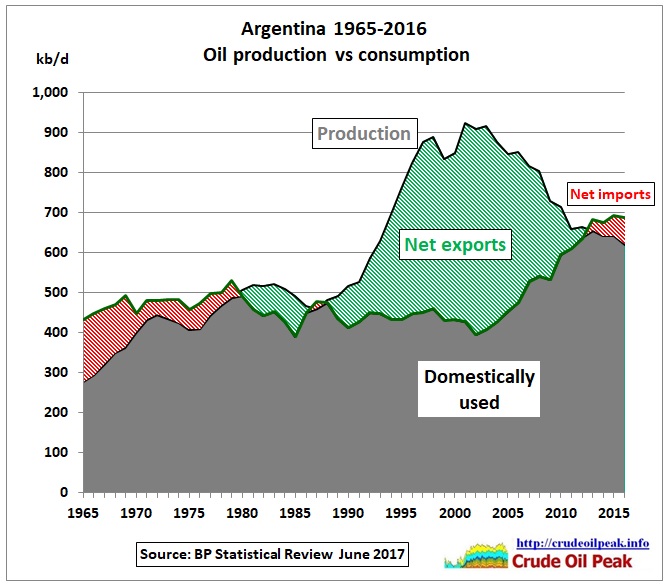 Fig 5: Argentina oil production and consumption
Fig 5: Argentina oil production and consumption
Argentinian oil production peaked in 2001 and dropped by 33% since then, turning Argentina into a net oil importer in 2013. 24% of cumulative production was wasted in exports.
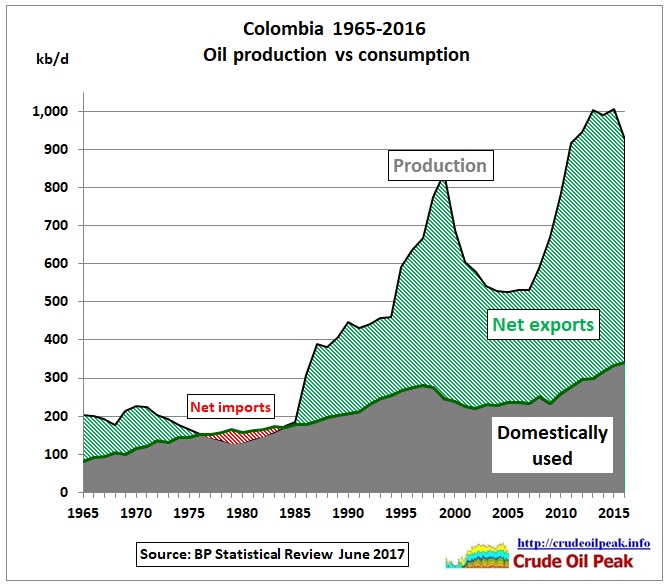 Fig 6: Colombia oil production and net exports
Fig 6: Colombia oil production and net exports
Colombian oil production stalled at around 1 mb/d. In this post we are just observing past production without attempting to forecast future production. About half of cumulative production has been exported so far.
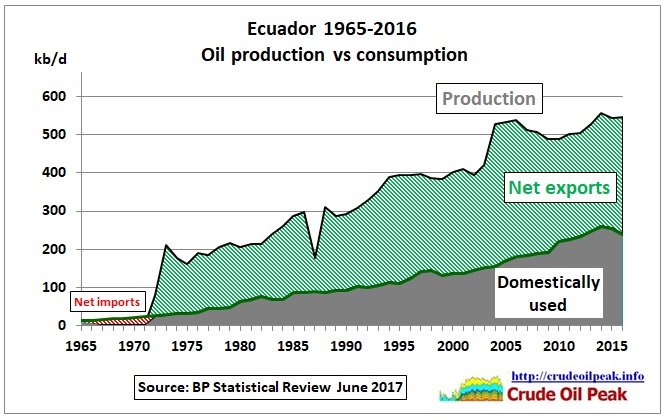 Fig 7: Ecuador oil production and net exports
Fig 7: Ecuador oil production and net exports
Since 2004, Ecuador’s oil production hardly exceeded 550 kb/d. It can be called an undulating production plateau.
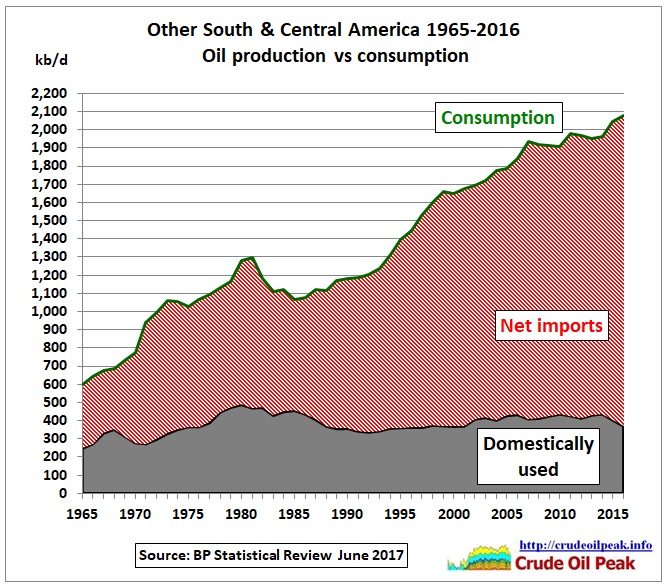 Fig 8: Rest of South and Central America
Fig 8: Rest of South and Central America
All other South and Central American countries produce very little oil, around 400 kb/d, but import 1.7 mb/d.
All together now:
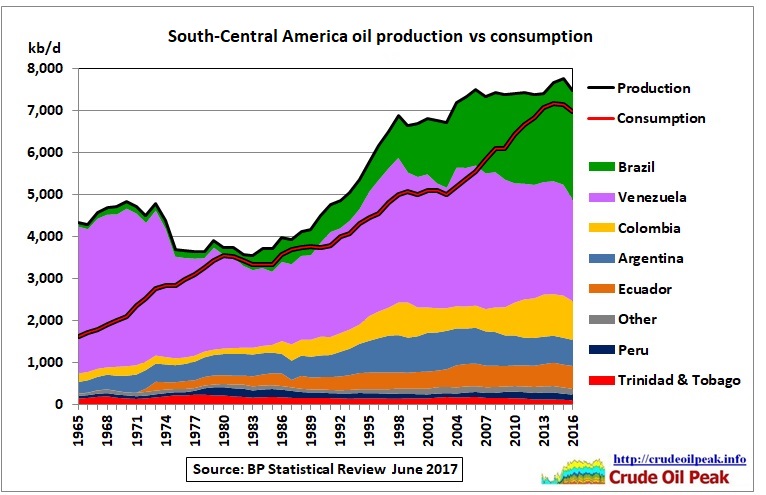 Fig 9: S&C America oil production vs consumption (incl. bio fuels)
Fig 9: S&C America oil production vs consumption (incl. bio fuels)
Production was always higher than consumption but the surplus has narrowed.
 Fig 10: S&C America oil consumption (incl. bio fuels)
Fig 10: S&C America oil consumption (incl. bio fuels)
Consumption growth is driven by Brazil.
Let’s add up all the net exports and imports
 Fig 11: South and Central America net exports/imports
Fig 11: South and Central America net exports/imports
Net exports are positive and net imports are negative. The balance (black line) is mainly dependent on Venezuela’s exports. We need to keep in mind that Venezuela’s extra heavy oil is actually not comparable with other oil exports/imports so the balance is nominal.
Latin America
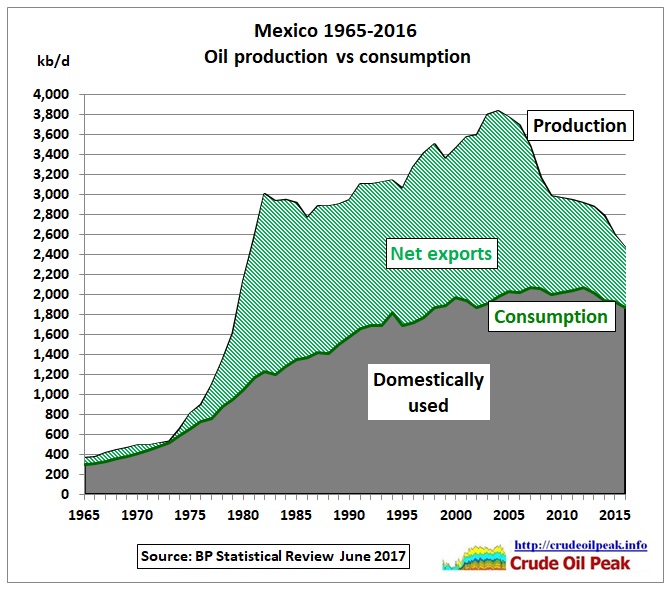 Fig 12: Mexico oil production vs consumption
Fig 12: Mexico oil production vs consumption
Mexico has definitely peaked. The decline in the Cantarell field is well known.
We add Mexico’s production and consumption to Fig 9
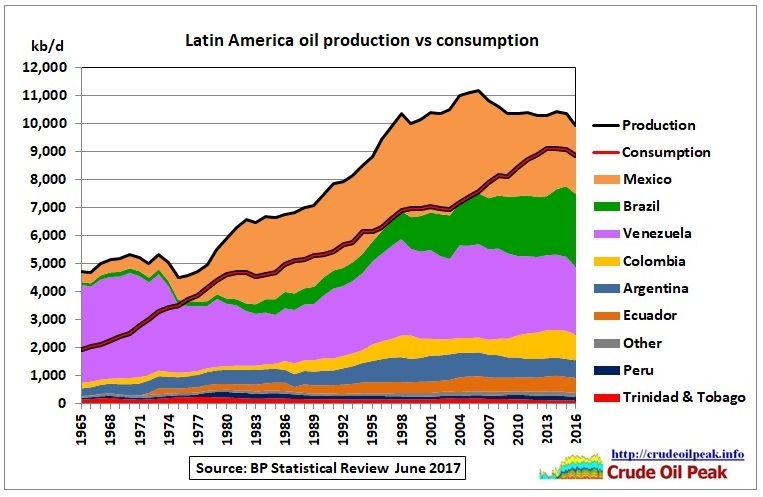 Fig 13: Latin America oil production vs consumption (incl. bio fuels)
Fig 13: Latin America oil production vs consumption (incl. bio fuels)
Conclusion:
Latin America had a short peak between 2004 and 2006. It is now back to where it was 1997. Consumption has peaked in 2014, 8 years after the production peak.